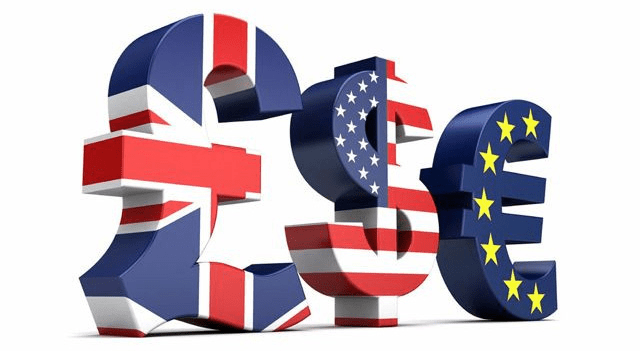The U.S. dollar gained ground on Friday as President Donald Trump’s latest tariff measures sparked demand for the greenback as a safe haven. Meanwhile, sterling weakened following disappointing UK economic data.
By 04:55 ET (08:55 GMT), the Dollar Index, which tracks the currency against a basket of six others, rose 0.2% to 97.500, poised for a weekly advance of roughly 0.6%.
Tariff worries support dollar gains
Late Thursday, Trump announced a new 35% tariff on Canadian imports set to begin August 1, alongside plans for broad tariffs ranging from 15% to 20% on several other trading partners. This move followed earlier letters sent to multiple countries outlining revised tariff rates.
Despite these announcements, the dollar’s recent rise is more muted compared to the sharp reactions seen after April’s major tariff escalation, although traders remain wary.
The USD/CAD pair rebounded 0.3% to 1.3699 after an initial drop of over 0.5% overnight.
Amid the ongoing trade tensions, the dollar continues to react strongly to U.S. economic reports as investors try to gauge the Federal Reserve’s next steps on monetary policy.
Analysts at ING highlighted, “The steady decline in initial jobless claims suggests the labor market isn’t deteriorating enough to trigger an immediate Fed cut in September, placing more emphasis on upcoming inflation figures.”
Sterling pressured by economic slowdown
In Europe, the euro slipped 0.2% to 1.1685 against the dollar, heading for a weekly loss near 0.8%.
The tariffs on Canadian goods have raised concerns that the EU might soon face similar measures, casting doubt on trade talks with Washington.
Economic reports showed French inflation ticking up to 0.9% in June, slightly above earlier estimates, while Germany saw inflation ease to 2.0%, signaling the ECB has room to ease policy further—likely in September—to stimulate growth.
ING analysts noted, “EUR/USD dipped briefly to 1.1670 yesterday. Without fresh data, the pair is likely to remain close to 1.170, with risks slightly tilted downward.”
The British pound dropped 0.3% to 1.3532, on track for a roughly 1% weekly decline, after UK GDP data revealed an unexpected second consecutive monthly contraction in May.
The Office for National Statistics reported a 0.1% month-on-month GDP decline for May, following April’s 0.3% drop—the largest since October 2023.
ING said, “Next week’s jobs report will be crucial. A weak reading could increase pressure on the Bank of England to quicken rate cuts.”
Yen heads for weekly losses amid trade concerns
USD/JPY rose 0.4% to 146.90, with the yen set to fall about 1.7% for the week as markets reacted to a series of tariff announcements and anticipated further moves.
The USD/CNY pair edged down 0.1% to 7.1709, while AUD/USD gained 0.1% to 0.6577, likely ending the week higher after the Reserve Bank of Australia surprised markets by holding rates steady.
This content is for informational purposes only and does not constitute financial, investment, or other professional advice. It should not be considered a recommendation to buy or sell any securities or financial instruments. All investments involve risk, including the potential loss of principal. Past performance is not indicative of future results. You should conduct your own research and consult with a qualified financial advisor before making any investment decisions.
